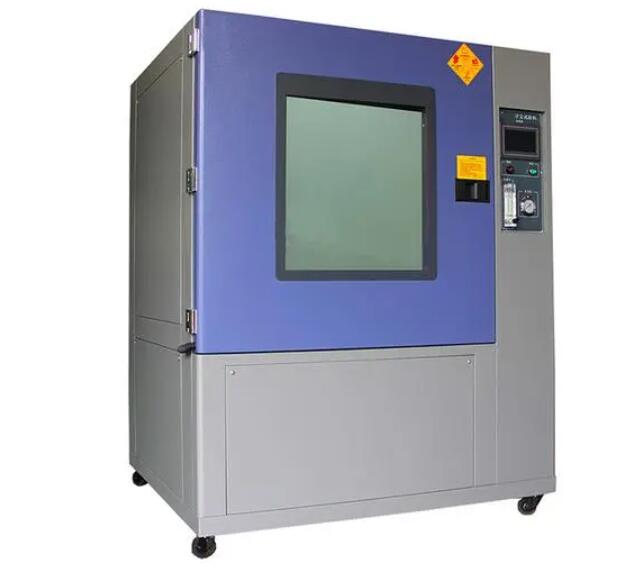the shell has a heat sink, so every time we open the shell, we will find that the motherboard is full of dust, which will also affect the normal operation.

Through the dust level test chamber will be able to simulate a variety of sand and dust intrusion scenarios, through the electronic chip for sand and dust test, can be very good to find the electronic chip design protection defects.
The dust test of electronic chips mainly studies the impact of different particle sizes of sand and dust particles on electronic chips. The purpose of the test is, firstly, to check the protection of the electronic product's casing against the internal chip and other components, and secondly, to find out the effect of dust intrusion on the chip and whether short-circuiting and fires can occur. The dust class test chamber is used to create different temperature and humidity environments and to test electronic chips using different sand and dust concentrations.

For dust testing of electronic chips, dust of conventional dust particle size is generally used as the test source. The dust resistance level required for electronic chips is generally IP5 or IP6, which is intended to provide complete protection against the entry of dust
评论
发表评论